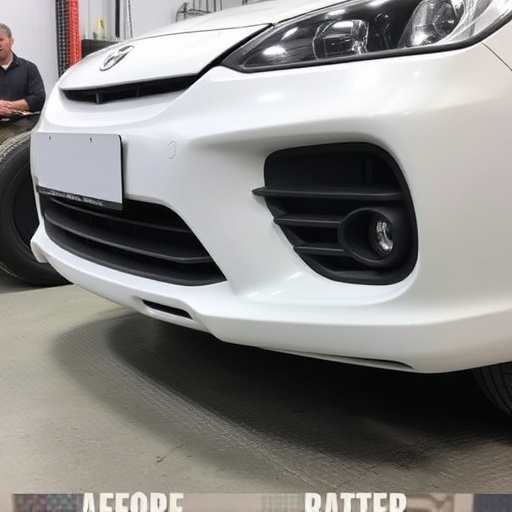The supplement process in automotive repair optimizes vehicle paint and dent repairs through damage assessment, surface preparation, specialized painting techniques, curing, and quality control. This method drives down costs and timelines, offering efficient restoration to pre-accident condition using advanced technologies. Best practices include thorough inspections, streamlined workflows, well-stocked inventory, and regular technician training for faster, more precise work.
The complex landscape of repair management demands a close look at the impact of the supplement process. This article delves into the intricate dynamics between the supplement process, repair costs, and timelines. We’ll explore how optimizing this process can lead to significant savings and faster turnaround times. By understanding the flow, measuring efficiency gains, and adopting best practices, businesses can revolutionize their repair operations, ensuring both cost-effectiveness and enhanced customer satisfaction.
- Understanding the Supplement Process Flow
- Measuring Cost and Timeline Savings
- Best Practices to Optimize Repair Efficiency
Understanding the Supplement Process Flow

The supplement process is a critical component of efficient vehicle paint repair and dent repair operations within automotive repair services. It involves several steps that work in harmony to ensure high-quality outcomes. Initially, damage assessment determines the extent of repairs required, guiding the subsequent processes. This includes careful inspection, where technicians identify and categorize dents, scratches, or other cosmetic imperfections.
Once assessed, the supplement process begins with preparation, which prepares the vehicle’s surface for paint application. This step ensures that all damages are addressed to create a smooth base. The heart of the process lies in painting, where skilled technicians use specialized equipment and materials to apply precise layers, matching the vehicle’s original color and finish perfectly. Finally, curing and quality control ensure the longevity and durability of the repair, resulting in a flawless, like-new appearance for the vehicle.
Measuring Cost and Timeline Savings

The effectiveness of a supplement process in automotive collision repair is often measured by its ability to drive down both costs and repair timelines. By leveraging specialized techniques like dent removal, professionals can significantly enhance efficiency, which translates into tangible savings for customers. These cost-cutting measures are not just financial; they also contribute to reduced downtime for vehicle owners, allowing them to get back on the road faster.
In the realm of car restoration, the supplement process plays a pivotal role in achieving impeccable results while optimizing resources. For instance, advanced dent removal technologies not only ensure that damaged vehicles are restored to their pre-accident condition but also minimize material waste and labor costs associated with traditional repair methods. As a result, automotive collision repair shops can offer competitive pricing and shorter turnaround times, fostering customer satisfaction and loyalty.
Best Practices to Optimize Repair Efficiency

Optimizing repair efficiency is key to minimizing both costs and timelines when dealing with any vehicle damage, be it a minor dent or significant collision. Implementing best practices ensures that every step of the fender repair or car bodywork services process runs smoothly. This includes thorough initial inspections to accurately assess the extent of damage, which can often reveal hidden issues. Utilizing advanced diagnostic tools aids in this phase, ensuring no underlying problems are overlooked.
Efficient workflow management is another critical aspect. Streamlining tasks and assigning specialized technicians for specific jobs expedites the collision repair services process. Additionally, keeping a well-stocked inventory of high-quality supplements, from body panels to paint, reduces delays caused by waiting for parts. Regular training sessions can also enhance technician skills, leading to faster and more precise work, ultimately benefiting customers through reduced turnaround times.
The supplement process plays a pivotal role in optimizing repair costs and timelines. By understanding its flow, measuring savings, and adopting best practices, organizations can significantly enhance their efficiency. Implementing these strategies not only reduces financial burdens but also expedites the repair process, ensuring faster turnaround times for all projects. Embracing the supplement process as a key component of overall repair management is a proven game-changer in achieving both cost and time savings.














